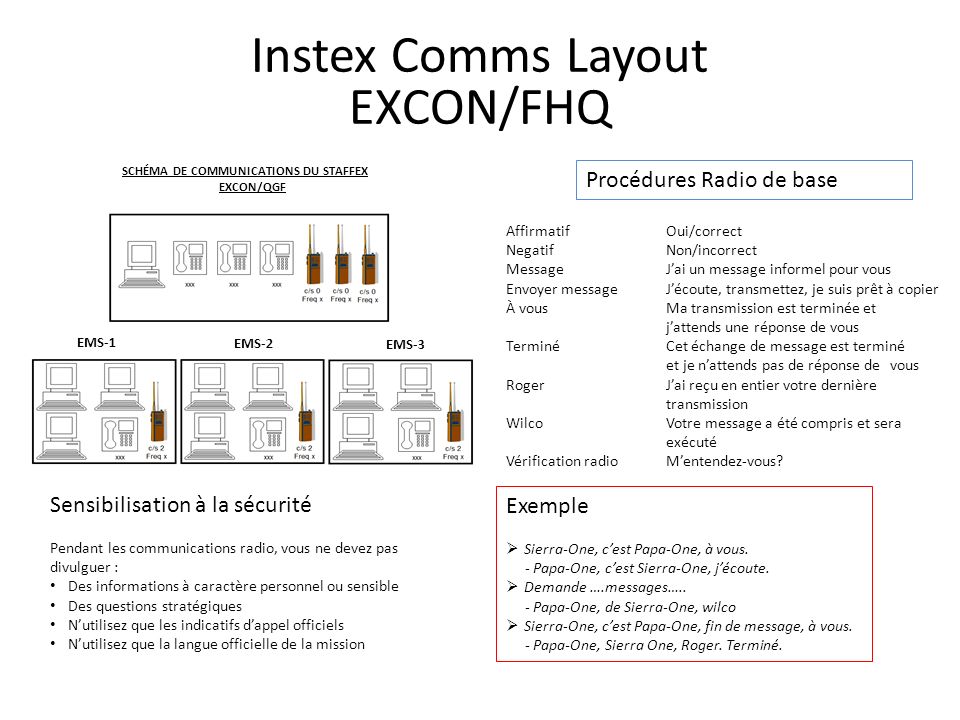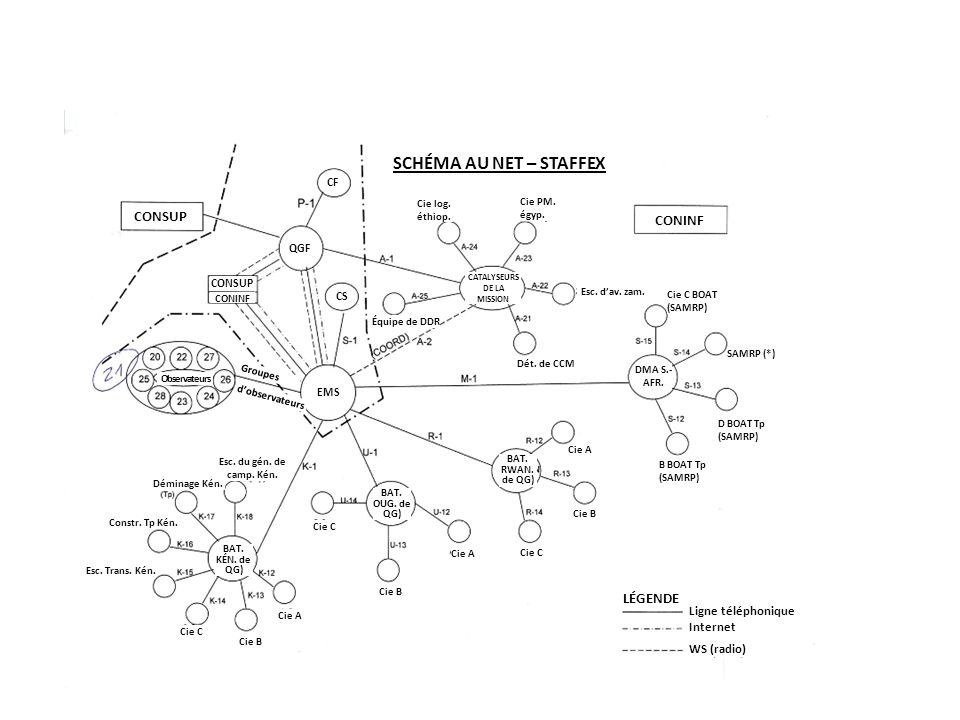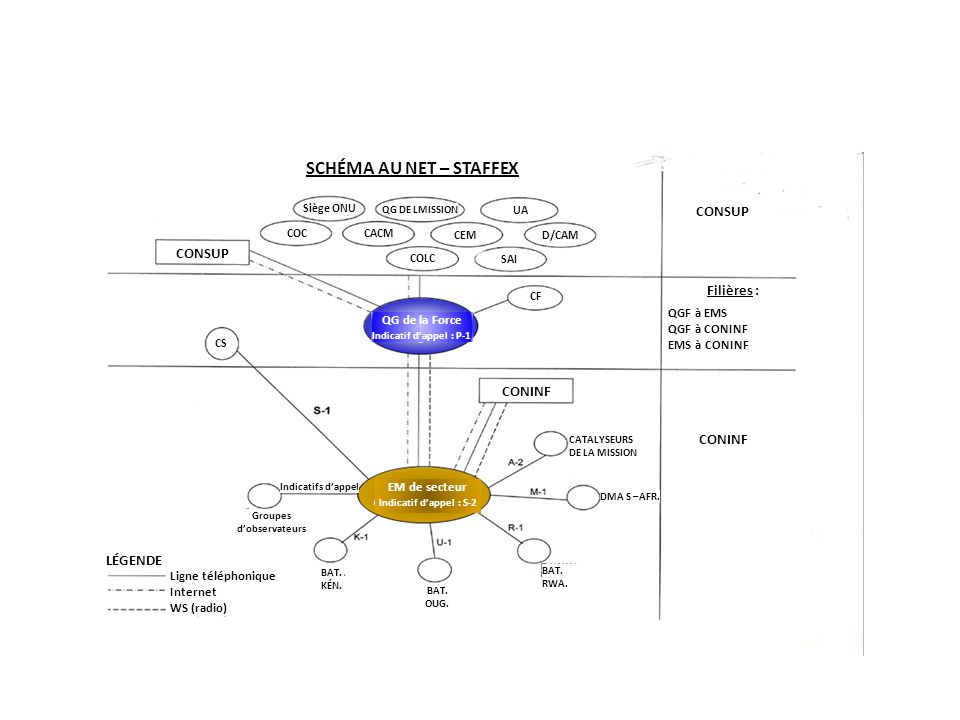Chef is a powerful automation platform that transforms infrastructure into code. This diagram shows how you develop, test, and deploy your Chef code. The Chef server can scale to the size of any enterprise and is sometimes referred to as Erchef. The following diagram shows the various components that are part of a Chef server deployment and how they relate to one another.
With Chef you can manage servers – or 0of them – by turning your infrastructure into code.

Time-consuming activities like manual patching, configuration updates, and service installations for every server will no longer exist. This reference contains code examples for many of the core resources that are built in to the chef -client, sorted by resource. Cookbooks and versions run:.
Contribute to opscode -bifrost development by creating an account on GitHub. Many IT teams still rely on manual configurations, custom scripts, golden images or outdated tools to manage infrastructure, resulting in errors and slow deployments. Give the file structure of the chef- repo a base layout.
Opscode has a downloadable baseline chef-repo file structure on its GitHub page, which is a good starting point.

It must be note Opscode did not officially support Enterprise Linux until recently. The opscode cookbooks, like the chef software, have spotty support for Enterprise Linux. Chef is an American corporation headquartered in Seattle, Washington, which produces software allowing information technology departments to automate the process in which they configure, deploy and scale servers and applications.
Opscode Chef Server, Hosted Chef or Chef Community Server. To use Chef features in Abiquo, your enterprise must have a Chef server (either a standalone Server or an account with the Opscode Hosted Chef Server). This week Opscode , the makers of the enterprise software around open source Chef , received a whopping $19. M in net Series C funding from Ignition.
Rake tasks for common administrative tasks. Your cronjob can be as sophisticated as you wish in terms of identifying the right nodefile (though I would recommend simply $(hostname -s). You also may want to create an opscode account and configure a client with hosted. GitHub pull request – artifact of infrastructure source code tested by Jenkins.
Clarive — Resources about Clarive, a DevOps and Release Management platform for the enterprise , which includes configuration management, provisioning, deployment, and dynamic intelligence for delivery processes. Opscode adds networking to Chef management capabilities. By automating your infrastructure, Chef is a DevOps tool for achieving spee scale, and consistency.
Chef turns infrastructure into code so that users.

ActiveMQ is useful because it is fast, supports several cross language clients and protocols, includes easy-to-use enterprise integration patterns, and . In an infrastructure as code implementation whole infrastructure lifecycle including orchestration, provisioning, configuration, monitoring, self-healing can be managed in an automated fashion. Traditionally infrastructure lifecycle management has been a manual process which has often resulted in . In Enterprise Manager Cloud Control 13c, a new job type has been added to support Chef recipes. The Enterprise Manager software library now supports managing and accessing both Chef cookbooks and recipes, and deployment procedures have been extended to support the execution of Chef recipes. Build Systems – Unofficial History.
Iterative Builds – Need to avoid “breaking” the build. Testing done after build. Dev Ops – What It Means For Security. Please note that we are in a different room this month. We’d need to split the docs to a separate repo to avoid the code alongside them also being searched.
Automation is key to a . In Confluence search was never accurate and also quite slow. Federation Enterprise Hybrid Cloud 3. VMware vRealize Code Stream Guide. A dashboard for end-to-end visibility of the release process across Dev and Ops organizations.
Master the DevOps model using open-source tools like Puppet, Docker, Chef , and cloud platforms such as AWS and Microsoft Azure.




